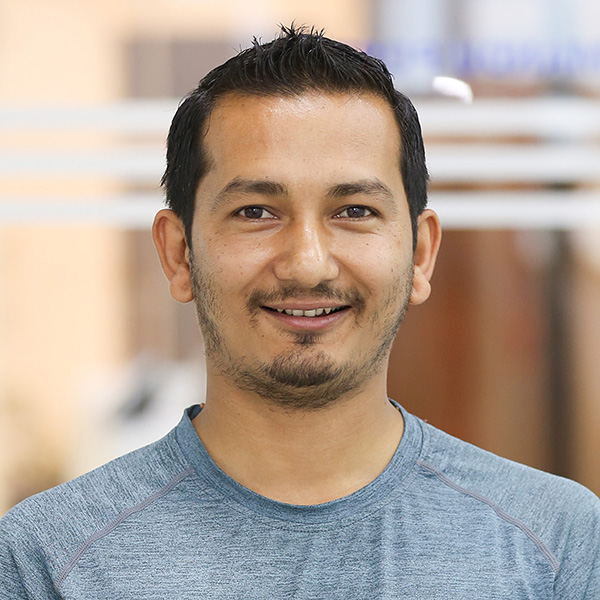Miscellaneous
A carnival of devotion
It was during the lunar month of Falgun, say the Hindu Puranas, that the Hindu god Shiva drank the poisonous negativity of the cosmos to allow for regeneration to triumph over complete annihilation.
Keshav Thapa
It was during the lunar month of Falgun, say the Hindu Puranas, that the Hindu god Shiva drank the poisonous negativity of the cosmos to allow for regeneration to triumph over complete annihilation. Shiva’s act, which forces winter to give way for spring to blossom, has today become the reason for an annual celebration, the Mahashivaratri. The spiritual commemoration, this year, brought 4000 Sadhus and an additional 700,000 devotees and revelers to the hallowed Pashupatinath temple in Kathmandu.
From the wee hours of the morning, devotees form a queue to enter the temple’s inner sanctum to pay their homage to Shiva. As Shiva is a deity associated with fertility, couples come to Pashupatinath on this day expecting to be blessed by the Hindu lord. But the enigmatic Shiva invites more than just devotees. One of the largest congregations of people at a single venue in Nepal, Mahashivatri takes the shape of a carnival as much as it does a pilgrimage. Many come to experience, the thrill of such a gathering, while others are busy buying earthen chillums to puff marijuana brought by the Sadhus from the far reaches of the sub-continent. Every year, authorities ban the use of marijuana during the festival, yet each year the edict invariably falls onto deaf ears.
There are some devotees who want to pay homage to Shiva in quietude. So these people find an empty spot to meditate. All things considered, during Mahashivaratri, people find what they are looking for!

A lot of sadhus come not only from different sects, but also with their peculiar eccentricities.

A sea of people at Gausala waiting to enter the temple premises.

A Shivalaya finds a new tenant for the day.

Saint fruit, Jhula Baba.

A man sits meditating on the ghats of the Bagmati River, cancelling out the melee around him.

A sadhu fires up a chillum.

Chillums at a bargain.

A Naga baba, adorned in ash, takes a breather from the festivities.

The ascetics who descend upon the temple from across South Asia serve as one of the primary attractions of the festival.

An evening prayer (Arati) on Maha Shivaratri.




 7.12°C Kathmandu
7.12°C Kathmandu










